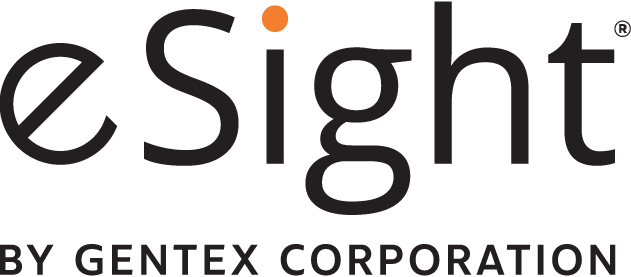No matter which branch of the military they served, all veterans have a single vision: to maintain our nation’s freedom.
More than a million vets now live with low vision, according to the U.S. Depart of Veteran Affairs’ (VA) Office of Blind Rehabilitation Services, and about 130,000 are legally blind. While some vets are legally blind as the result of combat, many others experience vision loss while they grow older. Whether by combat or by natural causes, vision loss restricts the independence and freedom that most veterans cherish.
Fortunately, Veterans Affairs (VA) is there to help. The VA provides support for more than 9 million veterans and operates in more than 1400 sites of care, such as hospitals and clinics. Because it is the nation’s largest healthcare system, navigating the VA isn’t always easy, but it is certainly worthwhile. In addition to offering lifesaving services, the VA offers a variety of support options that can greatly improve the health and quality of life for those who have served their country.

Support Groups
The Blinded Veterans Association (BVA) is an organization of blinded veterans who support options for other low vision veterans and help them live independently. The government relations personnel at BVA work with members of Congress, congressional staff, the VA and other government agencies to make sure the needs of blinded veterans remain are recognized and built into the federal agency budget. Supported entirely by donations, BVA receives no funds from the U.S. government. Veterans from any part of the country can use a toll free number (844-250-5180) to contact BVA and receive services from any BVA National Field Service Officer.
Local groups also provide support for low vision veterans. Bosma Enterprises is Indiana’s largest employer of workers with vision loss. This production facility packs, ships and warehouses a variety of products; the proceeds fund programs that offer tools and training to low vision adults in Indiana.
Visual Impairment Centers To Optimize Remaining Sight (VICTORS) Program uses a team approach to help vets sustain their vision and mobility through various treatment options, social work, eye therapy, and more.
Optical and Electronic Devices
Low vision veterans receiving VA care may have access to optical and electronic devices, such as eSight, which the VA categorizes as “Prosthetic and Sensory Aids.”
The VA offers advanced vision care services, such as blind and low vision rehabilitation services, to veterans with low vision. These services include vision-enhancing devices and technologies, such as eSight, and training in how to use them.
Veterans can access these VA blind rehabilitation services by contacting the Visual Impairment Services Team (VIST) coordinator at their nearest VA medical center. They can also contact the Blind Rehabilitation Service Program office by phone (202-461-7317) or by mail:
Department of Veterans Affairs
Veterans Health Administration
Blind Rehabilitation Service (117B)
810 Vermont Ave. NW
Washington, DC 20420
Advances in medical technology have caused a flood of devices to enter the market; since veteran care and safety are top priorities for the VA, these devices go through a lengthy process to prove they are safe and effective enough to gain VA approval. Once the VA approves a device, they register it on their Federal Supply Schedule (FSS) to make it more readily available to veterans.
The VA has recently approved eSight for FSS. Now, the Blind Rehabilitation Centers (BRC), Edward Hines, Jr. VA Hospital, and many other low vision clinics are introducing low vision veterans access to the benefits of eSight.
Together, eSight and low vision organizations are helping veterans see better and maintain their freedom.
Learn about a U.S. Air Force veteran who is able to see again with the use of eSight by clicking here.
